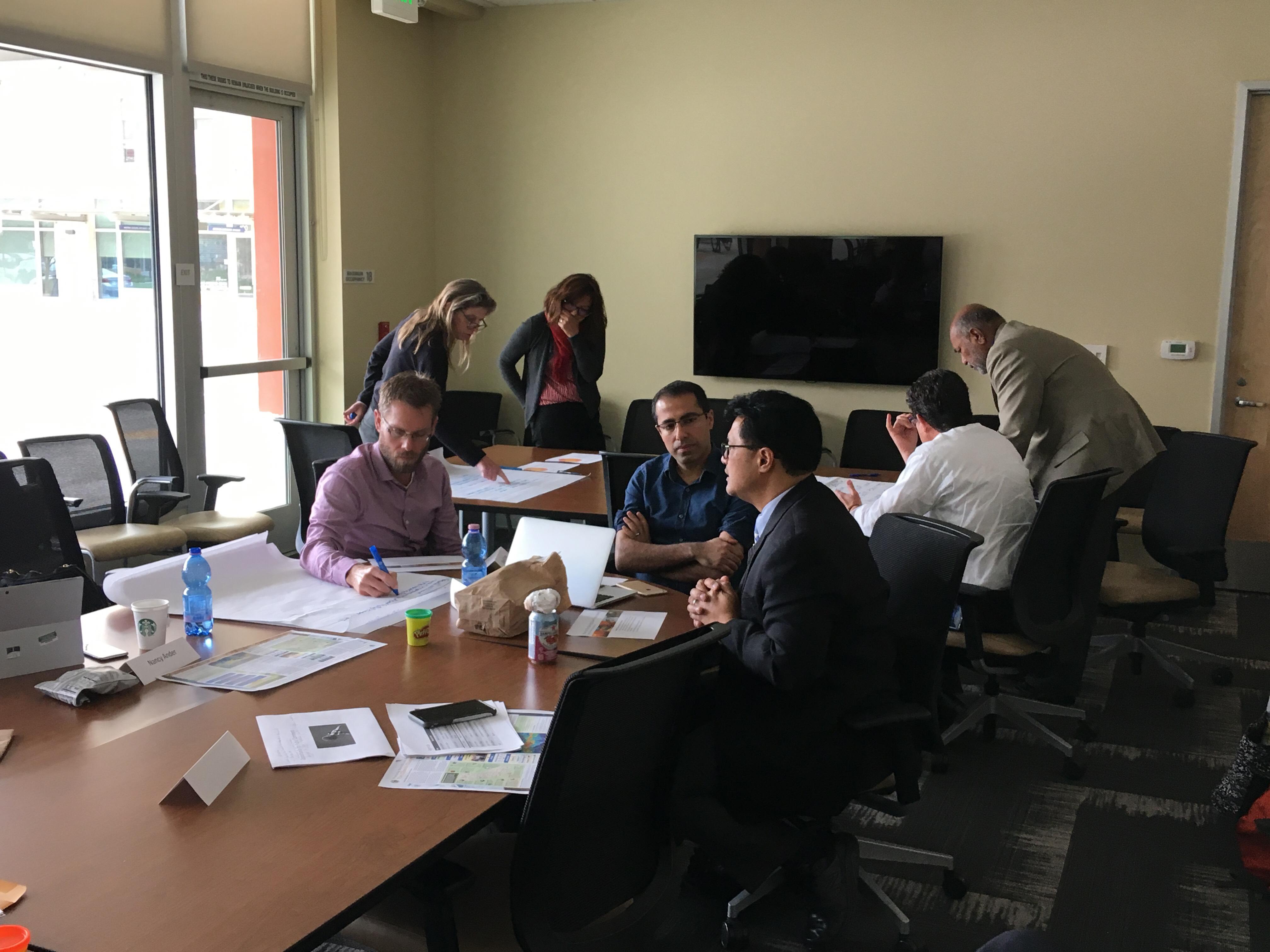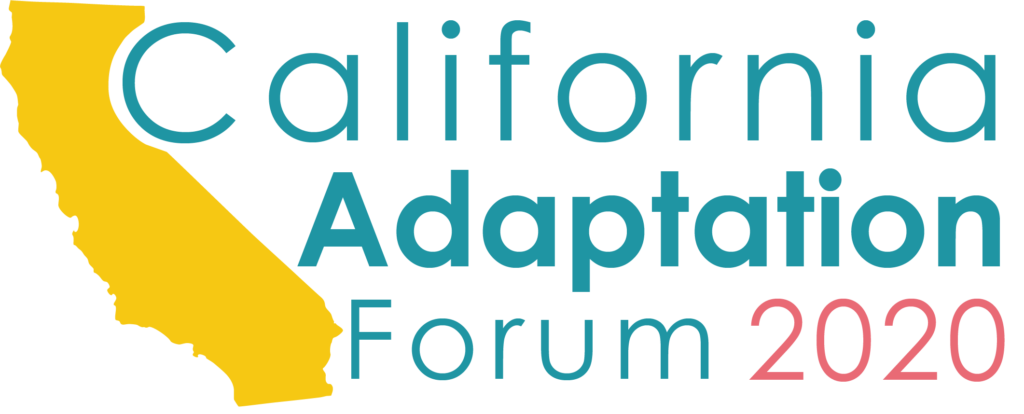When California invests public funds into infrastructure, we make a compact with the public that those projects, from bridges to schools to levees, will fulfill critical economic and public well-being needs over decades. Climate change threatens this compact by introducing change and uncertainty to the baselines these projects are designed to endure. Extreme events such as drought, wildfire, flooding, and heat waves, as well as slower and more constant changes to average temperature, precipitation, and sea level, require the infrastructure design process itself to adapt to ensure these investments are able to persist through climate impacts.
Assembly Bill 2800, authored by Assemblymember Bill Quirk and signed by Governor Brown in 2016, sought to bolster this compact by directing California Natural Resources Secretary John Laird to convene the state’s leading infrastructure engineers and climate scientists to address this very challenge. The Climate-Safe Infrastructure Working Group members are currently exploring practical integration of the projected climate change data into state infrastructural engineering projects. The working group includes representatives from state agencies like the Department of Transportation (Caltrans), Department of Water Resources, Department of General Services, California Energy Commission, and California High Speed Rail Authority, as well as leading experts from the University of California, Stanford University, LA County Metropolitan Transportation Authority, and RAND Corporation. Climate change adaptation experts Susanne Moser and Juliette Finzi-Hart are facilitating the working group and assisting in the development of its recommendations, holding meetings across the state and hosting a series of public webinars. The Working Group is now in the midst of a public, deliberative process that will conclude by offering specific recommendations to the Legislature and the California Strategic Growth Council in July 2018.

The Working Group is incorporating expert input related to climate vulnerability, resilience, and the effects that climate change will have on state infrastructure. Pulling from their diverse backgrounds, the members are collaborating to understand the state’s greatest strengths and vulnerabilities when it comes to designing, building, and maintaining safe projects in an era of worsening climate events. Together, the Working Group will deliver a report in July 2018 that will investigate:
- Current informational and institutional barriers to integrating projected climate change impacts into state infrastructure design
- Critical information that engineers responsible for infrastructure design and construction need to address climate change impacts
- How to select an appropriate engineering design for a range of future climate scenarios as related to infrastructure planning and investment.
 The Working Group members and select experts are sharing their own examples and case studies in the public meetings and webinars. During the third public meeting on March 13th, for example, a panel of five practitioners with expertise in engineering, energy resilience, and architecture spoke to the Working Group about their industry’s needs regarding climate-related guidance from the state. In the same meeting, Working Group members Gurdeep Bhattal of Caltrans and Martha Brook of California Energy Commission (CEC) described how their agencies are working in the field on these issues. Caltrans is using state-of-the-art modeling to assess how Highway 37 will be impacted by sea level rise, and examining how to invest in solutions that will best utilize taxpayer dollars and protect Californians. Brooks spoke about how the CEC is exploring the expansion of more energy-efficient air conditioning units and offered insight into the challenges that the energy sector will continue to face in implementing these energy-saving strategies as climate change impacts worsen.
The Working Group members and select experts are sharing their own examples and case studies in the public meetings and webinars. During the third public meeting on March 13th, for example, a panel of five practitioners with expertise in engineering, energy resilience, and architecture spoke to the Working Group about their industry’s needs regarding climate-related guidance from the state. In the same meeting, Working Group members Gurdeep Bhattal of Caltrans and Martha Brook of California Energy Commission (CEC) described how their agencies are working in the field on these issues. Caltrans is using state-of-the-art modeling to assess how Highway 37 will be impacted by sea level rise, and examining how to invest in solutions that will best utilize taxpayer dollars and protect Californians. Brooks spoke about how the CEC is exploring the expansion of more energy-efficient air conditioning units and offered insight into the challenges that the energy sector will continue to face in implementing these energy-saving strategies as climate change impacts worsen.
As July approaches, the Working Group continues to foster forward-thinking deliberations in their meetings and webinars to develop and sharpen their guidance to the state. The final recommendations will help the State improve its continued leadership on safeguarding California from climate change through science-based decision-making, infrastructure design, and investment.
For more information about the Climate-Safe Infrastructure Working Group members, meetings, and webinars, visit: http://resources.ca.gov/climate/climate-safe-infrastructure-working-group/. If you wish to be added to the Climate-Safe Infrastructure email distribution list, please email climatesafeinfrastructure@resources.ca.gov with “distribution list” in the subject line.
 |
Keali’i Bright is the Deputy Secretary for Climate and Energy at the California Natural Resources Agency where he manages agency related climate mitigation, adaptation, renewable energy and oil and gas issues. Central to this work, Keali’i leads the team responsible for developing and implementing the Safeguarding California adaptation plan and the development of tools and policy to protect, increase, and build resiliency for carbon reserves in our state’s natural and working lands. Keali’i also manages work related to the restoration of Salton Sea and providing access to State Parks. Keali’i brings to this position over a decade of experience in California-focused natural resources and environmental policy. Prior to this appointment, he served the Brown Administration as the Deputy Secretary for Legislative affairs at the Natural Resources Agency which was preceded by his work for the Legislature as the principle consultant on natural resources, environmental protection, energy, transportation and other issues for the Assembly Budget Committee. |


1 Comment.
[…] the science that is emerging. That is why UCS sponsored legislation in 2016, AB 2800 (Quirk) to bring scientists and engineers together to come up with recommendations (due to be released late this summer) on how science can […]